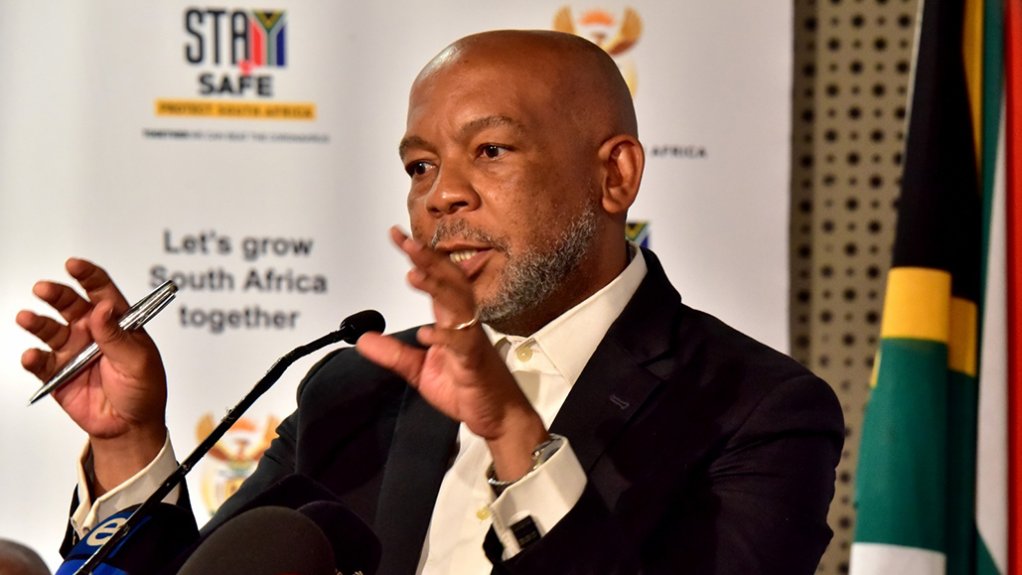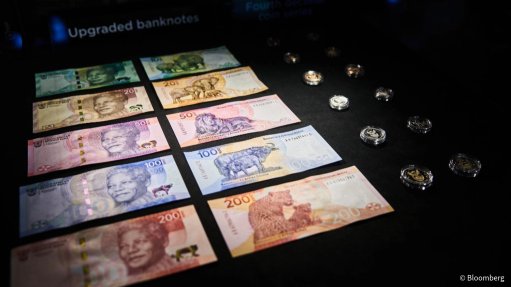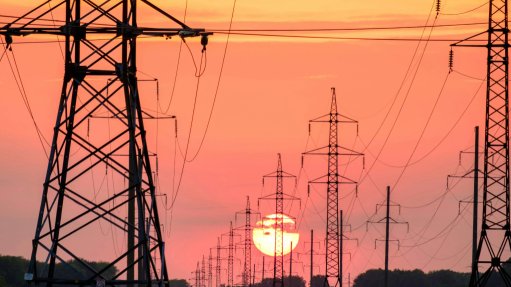Government pursuing every megawatt of generation it can find, says Ramakgopa
It was “inevitable” that South Africa would have to use powerships to help deal with the country’s power supply crisis, Electricity Minister (in the Presidency) Kgosientsho Ramokgopa told delegates in his closing keynote address at the Enlit Africa conference in Cape Town on Thursday afternoon. Loadshedding – scheduled rotating power cuts imposed by State-owned national electricity utility Eskom – was, he said, “the single most important challenge facing us”.
Powerships are basically power stations mounted on the hulls of ships, which can be sailed around the world to where they are needed, securely moored, linked to the local grid, to generate power and feed it into that grid. He stressed that he was not referring to a specific company that operated such vessels but to the option that powerships provided.
A powership could be linked into South Africa’s national grid within three months. He explained that powerships would be an emergency measure, and that “emergency” did not mean a period of ten years. It meant a period of three to five years.
“We know that the winter will be the most trying period of the year, due to elevated demand,” he acknowledged. “Loadshedding has a devastating impact on the South African economy.”
“We’re not appointed to lament the problem. We’re appointed to resolve the problem,” he assured.
“We’re not introducing a new plan,” he clarified. They were implementing the Energy Action Plan announced by President Cyril Ramaphosa last year.
The government was seeking to accelerate investment in energy production by the private sector, pointed out Ramokgopa. The cap on embedded generation had been eliminated, But there were now issues of grid capacity and the government was working on that. Bid windows for independent renewable energy production were being accelerated, within the framework of the Integrated Resource Plan.
Bid windows one to four had created 6 137 MW of renewable energy capacity, he reported. But grid capacity had not been strengthened. Those regions with the best renewable energy potential had weak grid capacity. The current focus was on renewable energy projects in areas with good grid capacity.
The government was also encouraging the deployment of rooftop solar energy systems. These, however, were expensive and this approach was leaving the poor behind. But he hoped that the government would soon announce a blended finance programme that would allow the poor to access solar power.
Also, a R2.5-billion facility was being made available to farmers, to allow them to access alternative (non-Eskom) energy sources. And the State was considering tax rebates on diesel fuel, because it was now heavily used for power generation, not transport. Diesel was being used for power generation, he admitted, because the State had failed to do its duty and ensure the provision of power.
Eskom had lost a lot of skilled staff. Those skills had to be recreated. Eskom generating capacity was being built-up, with new units at Kusile and Medupi set to come online to help meet winter demand. And soon South Africa would be able to access extra energy supplies from Mozambique, both hydro- and natural gas-generated.
“Every single megawatt we can lay our hands on, we’re going to pursue that megawatt,” assured Ramokgopa.
While the national grid was very far from failure, it was the “single point of failure” for the entire system. There was a need to invest in the grid now. Further, municipalities had underinvested in their local electricity systems. They also needed investment, now.
He referred to demand-side management, which was being implemented through the rolling out of smart meters to households. Homes were responsible for 16.5% of electricity demand during peak hours, and geysers were especially power-consuming.
Other countries, such as Vietnam, had successfully overcome power generation shortfalls in a matter of a few years, he cited. “It’s doable!”
Article Enquiry
Email Article
Save Article
Feedback
To advertise email advertising@creamermedia.co.za or click here
Comments
Announcements
What's On
Subscribe to improve your user experience...
Option 1 (equivalent of R125 a month):
Receive a weekly copy of Creamer Media's Engineering News & Mining Weekly magazine
(print copy for those in South Africa and e-magazine for those outside of South Africa)
Receive daily email newsletters
Access to full search results
Access archive of magazine back copies
Access to Projects in Progress
Access to ONE Research Report of your choice in PDF format
Option 2 (equivalent of R375 a month):
All benefits from Option 1
PLUS
Access to Creamer Media's Research Channel Africa for ALL Research Reports, in PDF format, on various industrial and mining sectors
including Electricity; Water; Energy Transition; Hydrogen; Roads, Rail and Ports; Coal; Gold; Platinum; Battery Metals; etc.
Already a subscriber?
Forgotten your password?
Receive weekly copy of Creamer Media's Engineering News & Mining Weekly magazine (print copy for those in South Africa and e-magazine for those outside of South Africa)
➕
Recieve daily email newsletters
➕
Access to full search results
➕
Access archive of magazine back copies
➕
Access to Projects in Progress
➕
Access to ONE Research Report of your choice in PDF format
RESEARCH CHANNEL AFRICA
R4500 (equivalent of R375 a month)
SUBSCRIBEAll benefits from Option 1
➕
Access to Creamer Media's Research Channel Africa for ALL Research Reports on various industrial and mining sectors, in PDF format, including on:
Electricity
➕
Water
➕
Energy Transition
➕
Hydrogen
➕
Roads, Rail and Ports
➕
Coal
➕
Gold
➕
Platinum
➕
Battery Metals
➕
etc.
Receive all benefits from Option 1 or Option 2 delivered to numerous people at your company
➕
Multiple User names and Passwords for simultaneous log-ins
➕
Intranet integration access to all in your organisation





















